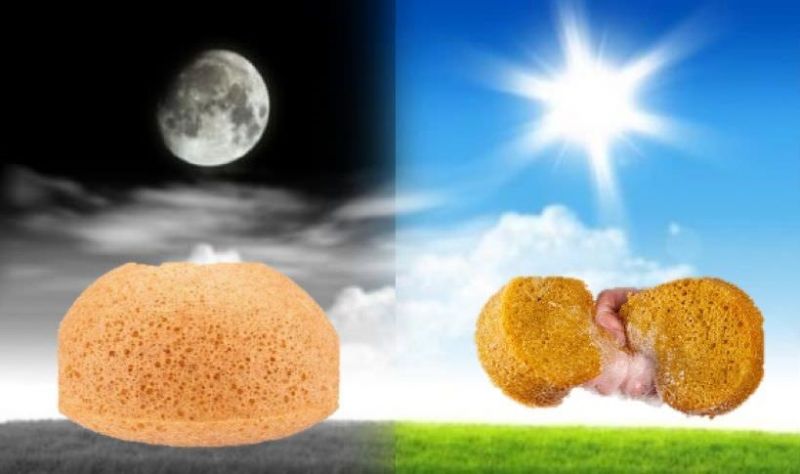Sponsh Collects Water From Air Without Energy
Published on by Water Network Research, Official research team of The Water Network in Technology
TU/e researcher Dr Catarina Esteves and her team developed a temperature-sensitive smart textile called “ Sponsh ” that produces water from air without adding energy.
The Sponsh project recently received an NWO Domain Applied and Engineering Sciences Take-off grant for the commercial valorisation of its technology.
 Sponsh material was inspired by how nature survives in dry climate areas. For example, the Namibian desert beetle has hydrophilic and hydrophobic areas on its skin to collect water from humid air. The researchers recreated a similar approach of an alternating hydrophilic and hydrophobic surface to collect water collection with their smart textile.
Sponsh material was inspired by how nature survives in dry climate areas. For example, the Namibian desert beetle has hydrophilic and hydrophobic areas on its skin to collect water from humid air. The researchers recreated a similar approach of an alternating hydrophilic and hydrophobic surface to collect water collection with their smart textile.
At night, when temperatures are low, the material becomes super-hydrophilic and absorbs the water from the air; as the day comes and the air temperature rises, the textile becomes super-hydrophobic and releases the collected water. Current results show that with every absorb-and-release cycle, Sponsh material can produce water over 3 times its own weight. This would come down to up to 1.3 litres of water per day from 1 m2 of the product.
Sponsh is made of a textile substrate (originally cotton fabric) which is covered with the temperature-sensitive polymer coating. “At the moment we are deciding on a more durable and sustainable base material choice: recycled PET or a biobased plastic like PLA,” says CEO Lourens Boot.
Sponsh smart textile was originally developed for dry coastal regions (for example, Mediterranean countries, California, Australia or South Africa), where the air humidity level is above 70% at night and a great deal of the territory is agricultural land requiring big amounts of water (75% of water consumption worldwide is for agriculture).
“The difference between Sponsh and most of the existing water-from-air solutions is that Sponsh does not consume energy, it is affordable for individual customers and it can be used completely off-grid, with no maintenance,” says Lourens Boot.

At present Sponsh is scaling up the technology together with DITF.de in Germany. The material is being adjusted to outdoor conditions and to making large-scale production possible. It will be exposed to conditions imitating the natural ones of the coastal regions before being tested in real life as well.
At this stage of the development, the objective of Sponsh project is to scale up the laboratory proof-of-concept to a minimal viable product, which can be tested with customers. “At the same time we are thinking about possible applications of Sponsh material – like wrapping Sponsh around trees or stringing it along the vineyard rows,” says Lourens Boot. “We are also looking into the possibility of integrating Sponsh into existing products, so we join forces with other initiatives active in providing water to dry agricultural areas.
Sponsh pilot projects will start in 2019. Sponsh product sales are expected to begin in the first half of 2020.
Media
Taxonomy
- Water
- Technology
- Energy